Everest Base Camp Trek for Solo Travelers – Complete Guide 2026
Embark on the Everest Base Camp trek alone in 2026 with this complete guide designed for independent adventurers. The solo trek to Everest Base Camp is one of the most rewarding journeys in Nepal, offering breathtaking Himalayan views, rich Sherpa culture, and a true sense of personal achievement. This EBC trek guide 2026 covers everything you need to know — from updated Everest Base Camp trek cost for solo travelers and necessary permits to the best trekking routes, accommodation options, and safety tips. Whether you plan to hike independently or with minimal support, learn how to prepare for altitude challenges, find trusted teahouses, and explore when to go for the best weather and fewer crowds. Perfect for adventurers seeking freedom and self-discovery, this solo trekking Nepal guide ensures your 2026 Everest journey is safe, budget-friendly, and unforgettable.
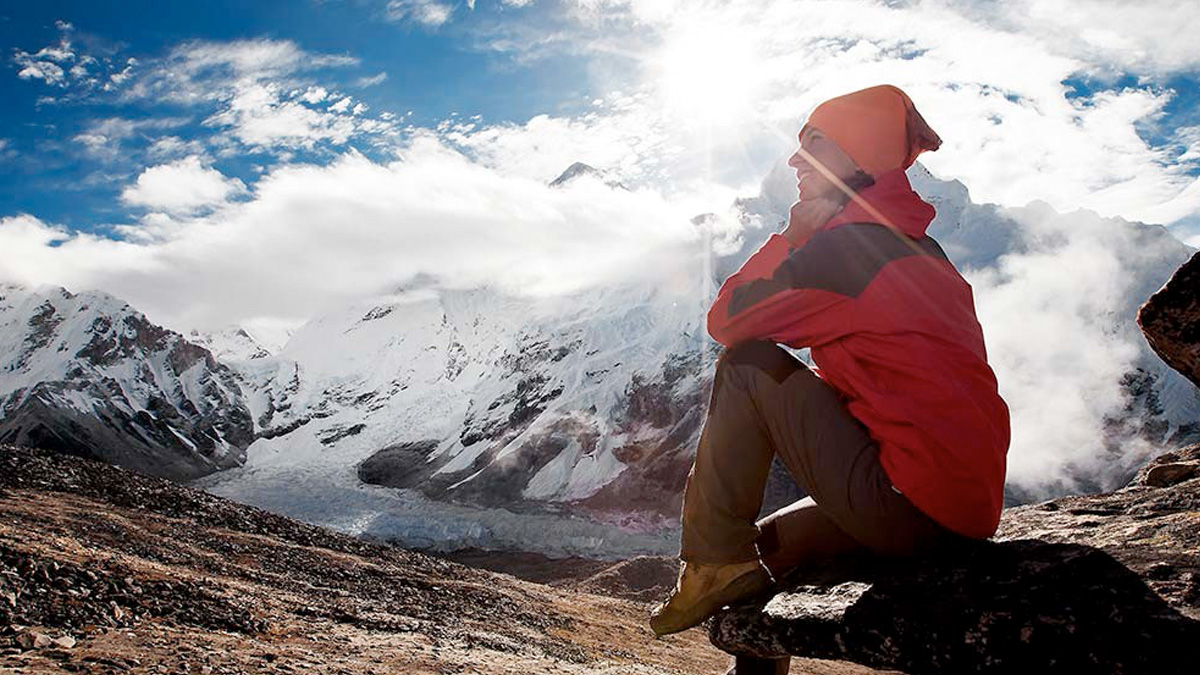
How Safe Is the Everest Base Camp Trek for Solo Travelers? Essential Safety Tips for Trekking Alone in Nepal
Wondering how safe is the Everest Base Camp trek for solo travelers? The EBC route is one of Nepal’s most popular trails, and while it’s generally considered safe, solo trekkers should prepare carefully. In terms of safety on the Everest Base Camp trail, well-marked paths and frequent teahouses make navigation easy, but unpredictable weather and altitude sickness are real risks. Always plan for altitude safety, with proper acclimatization days and awareness of AMS symptoms. Communication access has improved—mobile networks and Wi-Fi are available in most villages, though reliability decreases at higher altitudes. Solo trekkers can enhance solo trek safety in Nepal by registering with local authorities, hiring local guides or porters for extra support, and carrying a GPS tracker or SIM with emergency contact access. Overall, the EBC trek is safe alone if you respect altitude, prepare physically, and plan your route and safety gear wisely.
Everest Base Camp Trek Cost for Solo Travelers 2026 – Budget vs Luxury Price Breakdown
Planning the Everest Base Camp trek solo in 2026? Understanding the total EBC trek cost for solo travelers helps you budget wisely. The average Everest Base Camp trek price 2026 ranges from USD 1,200–5,000, depending on your travel style.
For budget trekkers, expect around USD 1,200–1,500, covering basic lodges, local meals, permits (Sagarmatha National Park & Khumbu Pasang Lhamu Municipality – approx. USD 50 total), shared guide/porter, and domestic flights from Kathmandu to Lukla.
Mid-range trekkers may spend USD 1,800–2,800, enjoying private guides, upgraded teahouses, and better meal options.
Luxury Everest Base Camp treks can cost USD 3,500–5,000+, including high-end lodges, full guide and porter service, hot showers, and optional helicopter return from Gorakshep or Lukla for comfort and time savings.
When planning your Nepal trek budget, factor in travel insurance, gear rental, tips, and extra acclimatization days. Whether on a shoestring or seeking comfort, knowing the Everest Base Camp trek cost for solo travelers ensures a smooth and memorable Himalayan adventure.
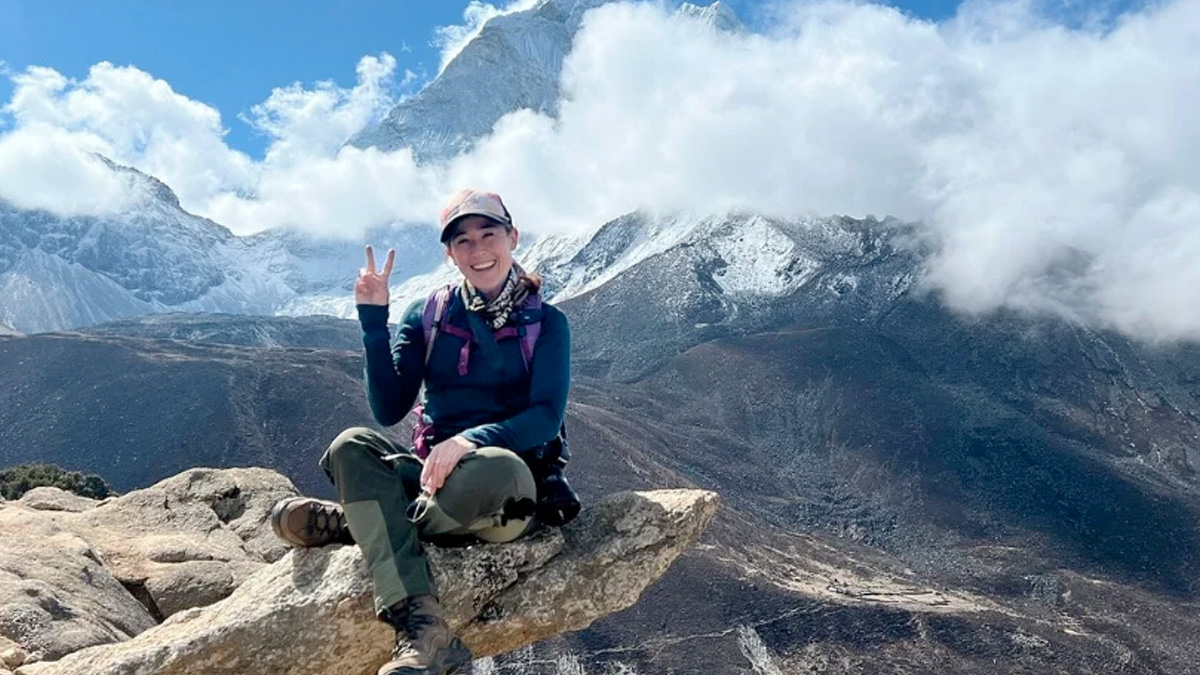
Everest Base Camp Trek Without Guide – Can You Do It Solo?
The thought of an independent trek to Everest Base Camp (EBC) has always fired the imagination, especially for those planning an “EBC trek without guide”. But recent changes to Nepal’s trekking rules mean the era of truly solo high-altitude hiking is in flux. From 1 April 2023, the Nepal Tourism Board (NTB) mandated that foreign trekkers in national parks or conservation areas must be accompanied by a licensed guide. That said, the region around Everest — governed by the Khumbu Pasang Lhamu Rural Municipality — appears to offer a more relaxed stance on independent trekking: local sources say solo or independent trekking is still permitted under local permit systems.
So, can you do a “solo Everest trek permit” style trip?
Technically yes, but with caution and caveats. Pros of going independent: greater flexibility, lower cost (no mandatory guide fees), personal pace and experience. Cons: safety and navigation burdens rest entirely on you; permit and regulation ambiguity may mean risk of fines or denial; missing a guide means you’ll miss on local knowledge, acclimatization support, and emergency backup. In short: Check up-to-date local regulations, secure your required permits (e.g., and a local municipality trek card), and know that while the dream of independent trekking lives on, the landscape of “independent trekking Nepal” has definitively changed.
Best Time for Solo Travelers to Trek Everest Base Camp: Ideal Seasons, Weather & Safety Tips
Planning your Everest Base Camp trek as a solo traveler? The best time for the Everest Base Camp trek is during the spring (March–May) and autumn (September–November) seasons. These are the most popular solo trekking seasons in Nepal, offering stable weather, clear skies, and incredible mountain views—perfect for photography. In spring, rhododendrons bloom across the trails, while autumn provides crisp air and stunning visibility after the monsoon. Crowd levels are moderate, allowing solo trekkers to meet others while maintaining independence. Winter (December–February) brings quieter trails and magical snow, but colder temperatures and icy routes require experience and proper gear. The summer monsoon (June–August) is less ideal due to heavy rain and leeches, impacting visibility and safety. For a rewarding and safe solo adventure, choose spring or autumn—the best trekking seasons in Nepal for comfort, scenery, and personal security.
How to Find Trekking Partners for Everest Base Camp: Join Groups, Meet Hikers & Share the Journey
Planning to trek to Everest Base Camp but don’t want to go solo? Finding trek partners in Nepal is easier than ever. Many trekkers prefer to join Everest Base Camp group treks to share costs, ensure safety, and make the experience more social. Start by exploring Facebook groups such as Backpackers Nepal, Trekking Partners Nepal, or Everest Base Camp Trekkers 2026—these active communities connect solo hikers looking for group departures. You can also contact local trekking agencies in Kathmandu that offer Everest Base Camp group join packages, where you can match dates, budgets, and fitness levels with other travelers. Opting for a small group trek (4–8 people) provides flexibility, personalized attention, and lasting friendships on the trail. Whether you’re seeking adventure partners or just want to join a solo trek group, Nepal offers plenty of ways to find the perfect team for your Everest Base Camp journey.
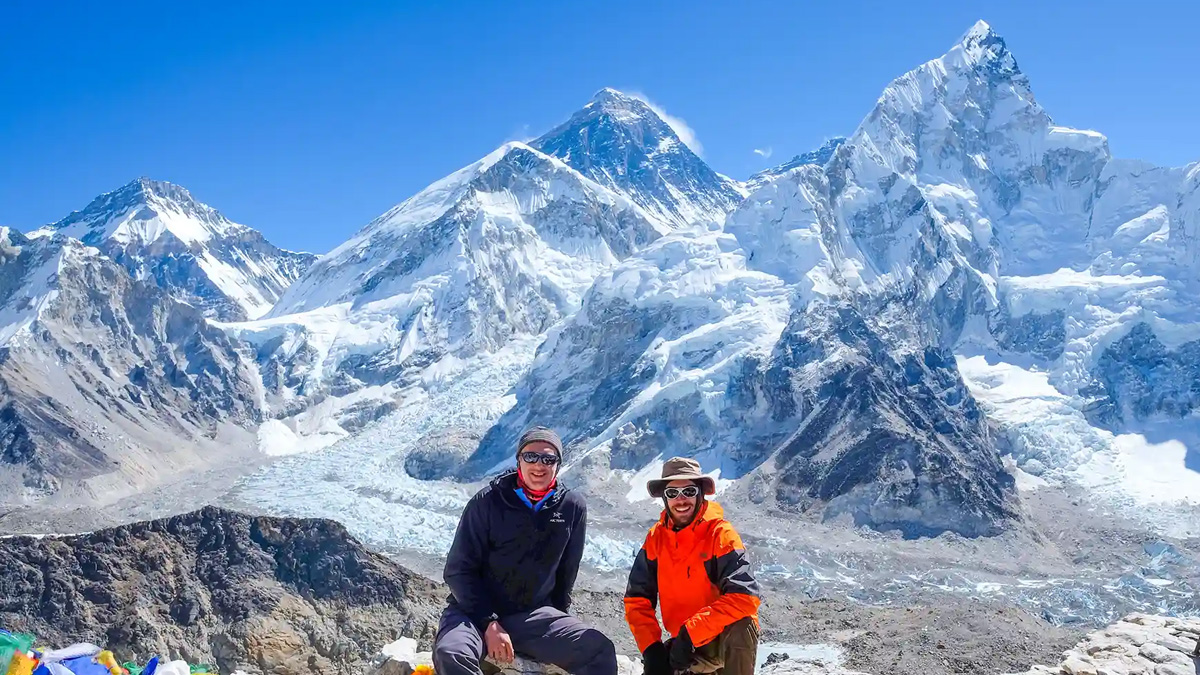
Accommodation on Everest Base Camp Trek for Solo Travelers: Teahouses, Private Rooms & Lodge Options in EBC
For solo travelers on the Everest Base Camp trek, accommodation is mainly in traditional teahouses—cozy mountain lodges offering basic comfort and warm hospitality. Most teahouse treks in Nepal provide private rooms, especially at lower altitudes like Namche Bazaar and Dingboche, where solo trekkers can enjoy twin beds, blankets, and shared bathrooms. As altitude rises toward Lobuche and Gorak Shep, room options become limited, and sharing may be required during peak seasons. Facilities range from attached bathrooms and hot showers in Namche to simpler setups with shared toilets higher up. Some solo lodge EBC options even offer Wi-Fi, charging, and hearty meals by the fire. Booking early ensures a private room on the Everest trek, though flexibility helps in remote areas. Overall, the Everest Base Camp route provides safe, welcoming, and sociable accommodation perfectly suited for solo adventurers.
Ultimate Packing List for Solo Everest Base Camp Trek: Essential Gear, Clothing & Tech for EBC Adventure
Planning a solo trek to Everest Base Camp (EBC)? Use this ultimate EBC trek packing list to make sure you’re prepared for every challenge. For high-altitude trails, pack lightweight, moisture-wicking base layers, a warm down jacket, and waterproof outerwear to handle shifting Himalayan weather. Your solo trek gear list should include durable trekking boots, thermal socks, gloves, and a sun hat for protection against snow and UV rays. Don’t forget essential safety gadgets like a headlamp, first aid kit, and portable water filter for remote sections. Add tech essentials—a power bank, GPS watch, and solar charger—to stay connected and safe. For comfort, bring a sleeping bag rated to -10°C, trekking poles, and quick-dry towels. Minimalist toiletries and snacks for energy boosts are must-haves. This guide ensures you know what to pack for a Nepal trek—travel smart, trek lighter, and enjoy your solo EBC adventure confidently.

Everest Base Camp Trek with a Local Guide – Best Option for Solo Travelers
Embarking on the Everest Base Camp trek with a local guide is the smartest choice for solo adventurers seeking both safety and authentic experiences. A local guide in Nepal offers deep cultural insights, handles logistics, and ensures you stay on the right trails in the high Himalayas. Whether you choose solo trekking with a guide or join a small group, having an expert by your side enhances your journey with personalized care and flexibility. The best guides in Nepal are government-licensed professionals who know every village, teahouse, and viewpoint along the route. Trekking with a local guide also supports the local economy and helps you connect with Sherpa culture in a genuine way. From managing altitude challenges to sharing stories of Everest climbers, your guide turns a tough adventure into a memorable, worry-free experience. For solo travelers to EBC, hiring a private local guide is truly the best way to explore the Himalayas safely and meaningfully.
Everest Base Camp Trek Difficulty Level for Solo Travelers: How Challenging Is the EBC Trek Alone?
The Everest Base Camp (EBC) trek difficulty for solo travelers largely depends on fitness, preparation, and acclimatization. Trekking alone in Nepal’s Khumbu region presents unique solo trekking challenges, including navigating rugged terrain, coping with changing weather, and managing altitude sickness without group support. The trek involves daily walking of 5–7 hours, covering steep ascents and rocky trails that demand strong endurance and mental resilience. The major challenge lies in altitude gain, as trekkers climb from Lukla (2,860m) to EBC (5,364m), increasing the risk of AMS. To overcome these, solo trekkers should focus on fitness for Everest Base Camp, emphasizing cardio, leg strength, and stamina training weeks before departure. Staying hydrated, scheduling acclimatization days, and having a reliable map or local guide can make the journey safer. Though demanding, with proper fitness, pacing, and awareness, the EBC trek solo is an achievable and life-changing adventure.
Best Travel Insurance for Solo Everest Base Camp Trek – Essential Guide 2026
Choosing the best travel insurance for the Everest Base Camp trek is crucial, especially for solo trekkers exploring the Himalayas independently. Reliable travel insurance for the EBC trek should cover high-altitude trekking above 5,000 meters, helicopter rescue insurance in Nepal, medical emergencies, and trip cancellations. When trekking solo, having the right solo trek insurance ensures peace of mind and quick assistance in case of altitude sickness or unpredictable weather. Top companies like World Nomads, SafetyWing, and Global Rescue offer tailored policies for Nepal trekking adventures. Before purchasing, confirm that your plan includes emergency helicopter evacuation, hospital coverage in Kathmandu, and loss or delay of baggage. This guide helps solo adventurers choose the right provider, understand coverage details, and learn the proper steps to activate the EBC trek evacuation process if needed—keeping your 2026 Everest journey safe and worry-free.
Everest Base Camp Trek Itinerary for Solo Travelers – 12 Days EBC Trek Plan Nepal 2026
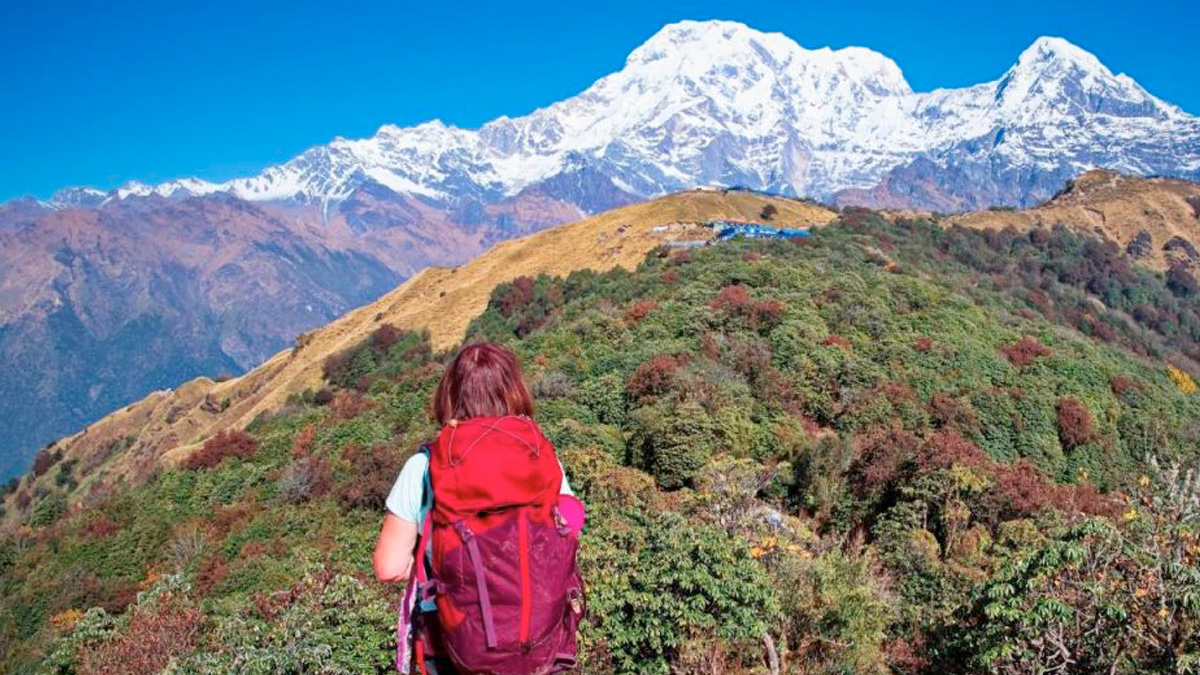
This 12 Days EBC trek itinerary is the perfect Everest Base Camp solo route for independent trekkers seeking freedom and adventure in Nepal. Starting with a scenic flight from Kathmandu to Lukla, your solo trek plan Nepal begins with a gentle walk to Phakding. Gradually ascend to Namche Bazaar, where your first acclimatization day helps you adjust to the altitude. Continue through the spiritual Tengboche Monastery, then trek to Dingboche for another essential rest day before heading to Lobuche. From Gorak Shep, hike to the iconic Everest Base Camp (5,364m) and climb Kala Patthar (5,550m) for the best sunrise view over Mount Everest. Descend via Pheriche and Namche to Lukla, completing your adventure with a return flight to Kathmandu. This Everest Base Camp trek itinerary for solo travelers includes acclimatization stops and alternative routes for a safe, flexible, and unforgettable Himalayan journey.
Food and Water on the Everest Base Camp Trek for Solo Travelers – What to Eat and Drink Safely
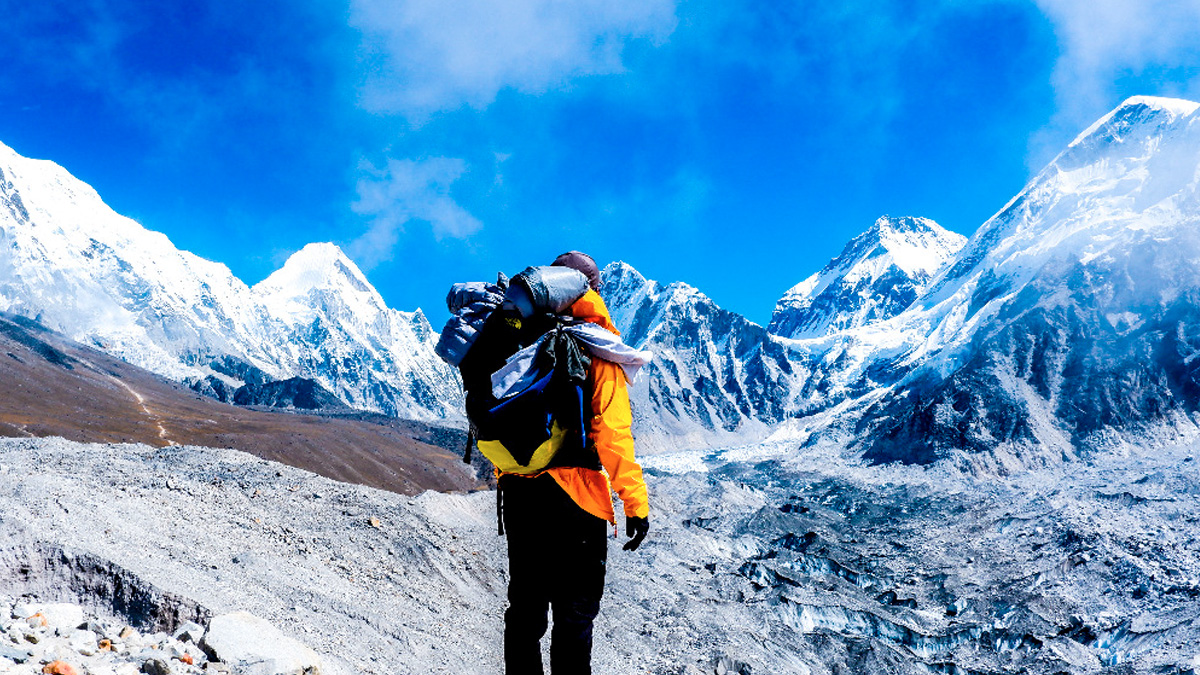
Knowing about food and water on the EBC trek is essential for solo travelers planning a safe and healthy journey in the Himalayas. Along the Everest trail, teahouses and lodges offer a wide variety of meals — from traditional Nepali dal bhat to pasta, soups, and fried rice. The cost of meals typically ranges from USD 5–10 per dish, increasing as you climb higher due to transport challenges. For those wondering what to eat on the Everest trek, vegetarian and vegan options are widely available, making it easy to maintain dietary preferences even in remote areas. To stay hydrated, always prioritize safe water on the Nepal trek — avoid tap or stream water and instead use bottled, boiled, or filtered water. Solo trekkers can also bring water purification tablets or portable filters to reduce plastic waste. Eating fresh, hot meals and drinking purified water are the best ways to stay energized and healthy during your Everest Base Camp trek alone.
Wi-Fi, Internet, and Mobile Network on the Everest Base Camp Trek – Stay Connected in the Himalayas
Staying connected during your Everest Base Camp trek is easier than ever, even for solo trekkers in Nepal. Along the trail, you’ll find several reliable options for Wi-Fi at Everest Base Camp and nearby villages. Everest Link, a popular high-altitude Wi-Fi provider, offers prepaid internet cards at teahouses in Namche Bazaar, Tengboche, Dingboche, and Gorak Shep, ensuring you can check messages or share photos anytime. For mobile users, both Ncell and NTC (Nepal Telecom) provide decent coverage in lower regions, with Ncell offering slightly better data speed around Lukla and Namche. However, as you climb higher, signals become weaker, so combining mobile data with Everest Link Wi-Fi is the best solution. Some lodges even provide satellite Wi-Fi, though at a premium cost. Whether you’re on a solo trek communication plan or just want to stay in touch with family, knowing these internet and mobile options ensures a safe, well-connected Everest adventure.
Everest Base Camp Helicopter Return for Solo Travelers – Luxury Adventure in Nepal
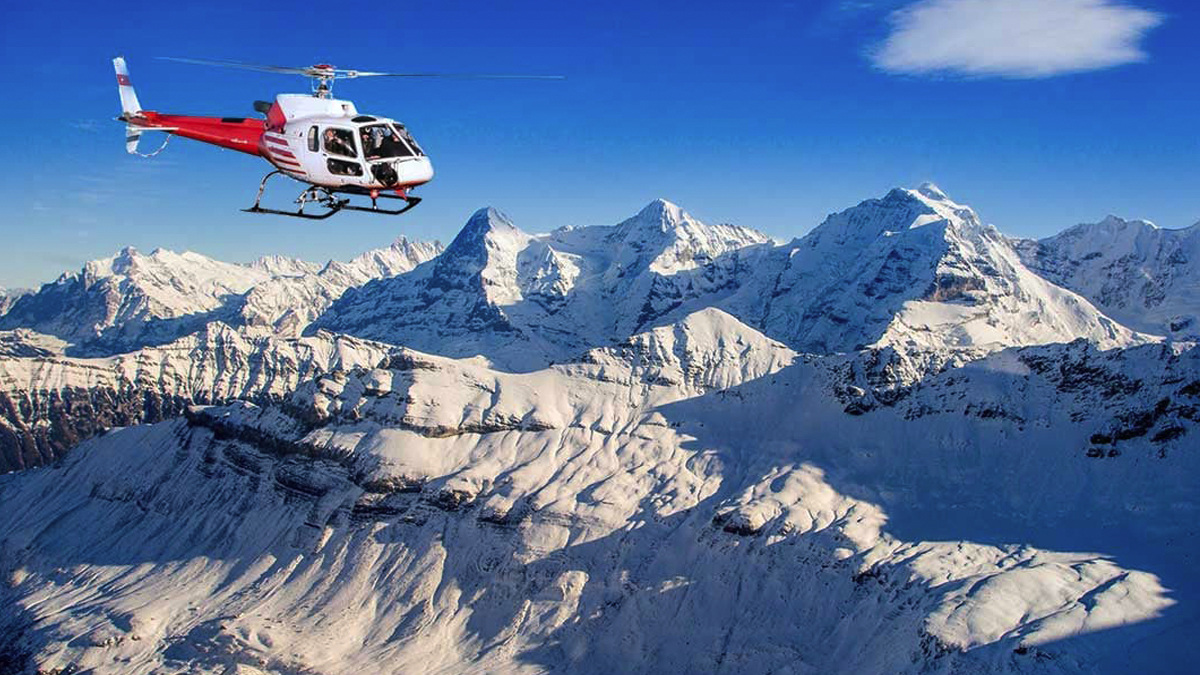 Experience the perfect blend of adventure and comfort with the Everest Base Camp Helicopter Return for Solo Travelers, an ideal option for those seeking a luxury solo trek in Nepal. This journey lets you trek through the breathtaking trails of the Khumbu region, visiting iconic Sherpa villages, monasteries, and viewpoints like Namche Bazaar, Tengboche, and Kala Patthar. After conquering the challenging trek to EBC, reward yourself with a spectacular fly back from Base Camp by helicopter. This not only saves valuable time but also offers a bird’s-eye view of the world’s highest peaks — Everest, Lhotse, Ama Dablam, and Nuptse. The EBC helicopter return cost varies depending on group sharing or private flight options, giving flexibility to solo adventurers. Combining the thrill of trekking with the ease of a luxury helicopter ride, this package is designed for independent travelers who want the ultimate Himalayan experience with safety, speed, and style.
Experience the perfect blend of adventure and comfort with the Everest Base Camp Helicopter Return for Solo Travelers, an ideal option for those seeking a luxury solo trek in Nepal. This journey lets you trek through the breathtaking trails of the Khumbu region, visiting iconic Sherpa villages, monasteries, and viewpoints like Namche Bazaar, Tengboche, and Kala Patthar. After conquering the challenging trek to EBC, reward yourself with a spectacular fly back from Base Camp by helicopter. This not only saves valuable time but also offers a bird’s-eye view of the world’s highest peaks — Everest, Lhotse, Ama Dablam, and Nuptse. The EBC helicopter return cost varies depending on group sharing or private flight options, giving flexibility to solo adventurers. Combining the thrill of trekking with the ease of a luxury helicopter ride, this package is designed for independent travelers who want the ultimate Himalayan experience with safety, speed, and style.
Final Conclusion of Solo Everest Trek
Trekking to Everest Base Camp solo in 2026 is a life-changing journey for independent adventurers seeking freedom, challenge, and Himalayan beauty. With the right preparation, solo trekking in Nepal is both safe and rewarding. This Everest Base Camp trek guide 2026 has outlined everything you need — from updated EBC trek costs, permits, best routes, and accommodation to essential safety and altitude tips. Whether you trek alone, hire a local guide, or join a small group, the experience promises unforgettable mountain views, Sherpa hospitality, and personal growth. Spring and autumn remain the best seasons for solo Everest treks, offering clear skies and ideal conditions. With proper insurance, fitness, and planning, your Everest Base Camp solo trek can be both budget-friendly and secure. Step confidently into 2026 — your Everest Base Camp trek alone awaits, where every step brings you closer to the heart of the Himalayas and your own inner strength.
Plan your Everest Base Camp Trek with Real Adventure Treks for a safe, adventurous, and truly memorable journey of a lifetime. More Information please WhatsApp me at +9779851035699 (Shankar)










 Experience the perfect blend of adventure and comfort with the Everest Base Camp Helicopter Return for Solo Travelers, an ideal option for those seeking a luxury solo trek in Nepal. This journey lets you trek through the breathtaking trails of the Khumbu region, visiting iconic Sherpa villages, monasteries, and viewpoints like Namche Bazaar, Tengboche, and Kala Patthar. After conquering the challenging trek to EBC, reward yourself with a spectacular
Experience the perfect blend of adventure and comfort with the Everest Base Camp Helicopter Return for Solo Travelers, an ideal option for those seeking a luxury solo trek in Nepal. This journey lets you trek through the breathtaking trails of the Khumbu region, visiting iconic Sherpa villages, monasteries, and viewpoints like Namche Bazaar, Tengboche, and Kala Patthar. After conquering the challenging trek to EBC, reward yourself with a spectacular 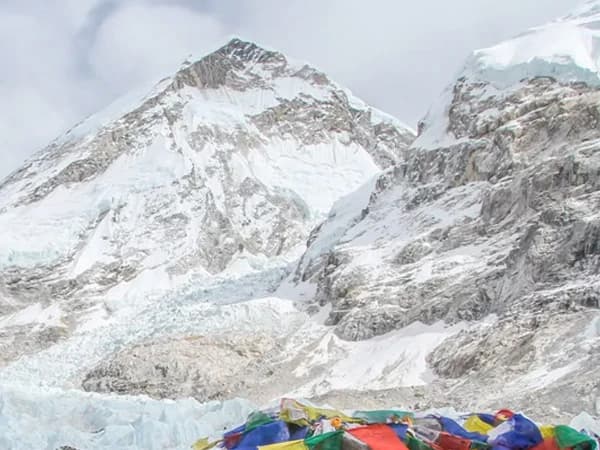
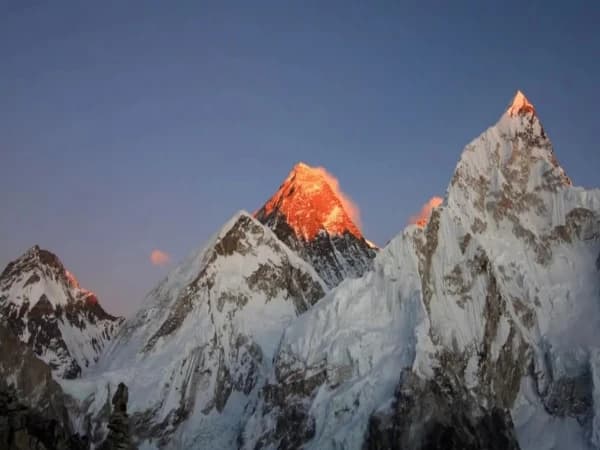
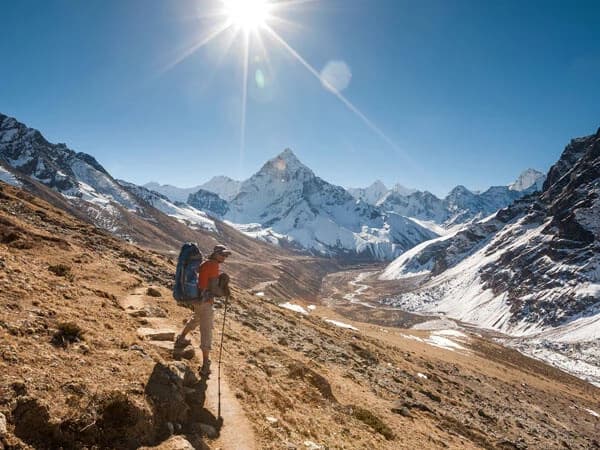
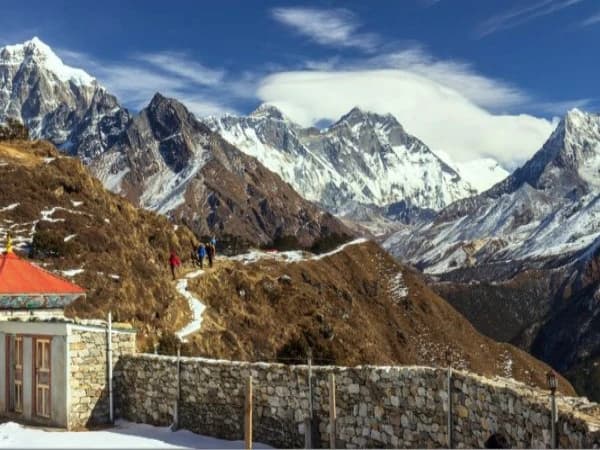
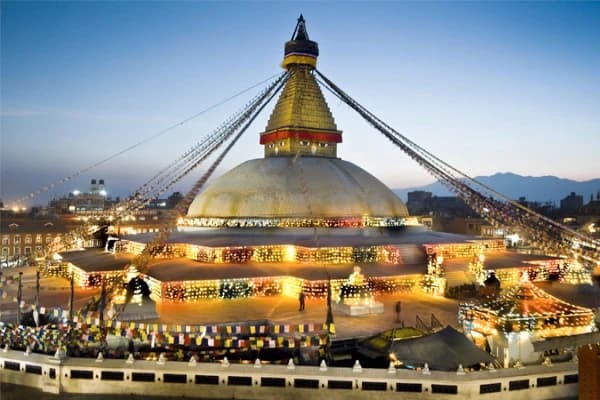
-(5).webp&w=1200&q=75&dpl=dpl_GDHRyonDC5uCJ5MtiFRDmK8W8YHj)
